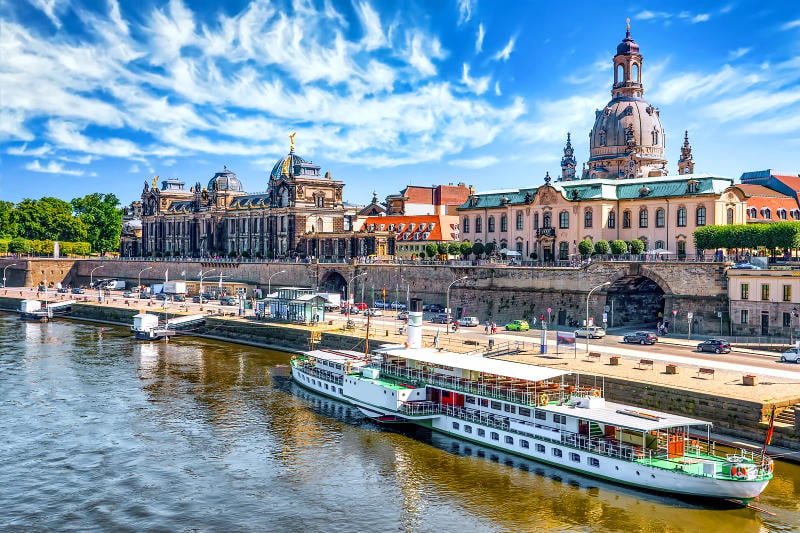 |
| Beautiful Dresden lies on both banks of the Elbe River. |
Florence on the Elbe
Dresden is the capital of the German state of Saxony, located on both banks of the Elbe River, mainly in the Dresdner Elbtal Weitung valley, between the end of the Ost Erzgebirge mountain range on one side and the steep walls of the Lausitz granite and the Elbsandsteingebirge sandstone range on the other.
Known as Florence on the Elbe, Dresden is famous for its beautiful natural scenery. The Elbe River divides the city into two parts: the ancient Altstadt with its beautiful Baroque architecture and the bustling, youthful Neustadt. Altstadt is notable for its Semperoper theater, Zwinger district and many museums and churches. Neustadt attracts with its statue of King August der Starke, Japanisches Palais and Yenidze. Both areas offer unique cultural and historical experiences.
Dresden is one of the greenest cities in Europe. The city has many nature reserves, especially the 20km Dresden Valley, which is recognized by UNESCO as a world cultural heritage.
The suburbs of Dresden are equally interesting with their famous vineyards and wine production. Visitors can use means of transport such as long-distance buses or trains to enjoy the scenery on both sides of the road, experience the reality by visiting vineyards, wine cellars, participating in the wine production process, and drinking free wine. Visitors can also buy a few bottles as gifts for family and relatives at quite cheap prices.
In addition, thanks to its location in a temperate cold climate zone and the influence of the continental climate, the temperature in Dresden is always warm. All of this has made Dresden one of the cities worth visiting in Germany.
Impressive architectural works
Dresden has a history dating back to the 12th century and is a major cultural, educational and industrial centre in Eastern Europe. After the reunification of Germany in 1990, Dresden has undergone a period of strong renewal and development. Today, Dresden is an important cultural and economic centre in Germany and Europe, with many famous tourist attractions such as the Frauenkirche Church, the Zwinger Palace and the Dresden National Museum.
The Frauenkirche is one of the most famous buildings in Dresden, Germany. It was built in the 18th century, in the Baroque style. It has gone through many historical events, from being destroyed in World War II to being rebuilt in the 1990s.
The highlight of the church is the Glockenspiel, a bell clock located on the tower floor, which can play music and show moving scenes. The Frauenkirche is one of the most popular tourist destinations in Dresden, with many people coming here to visit and admire the beauty of this architectural work.
The Zwinger Palace is a Baroque palace located in the city of Dresden. It was built in the 18th century by Augustus the Strong, Elector of Saxony and King of Poland, as a venue for court parties and to display his power and wealth.
The palace is famous for its impressive architecture and lavish decoration, including murals, oil paintings and sculptures by some of the most famous artists of the era, such as Johann Joachim Kaendler, Johann Friedrich Böttger and Johann Christoph Gärtner. The palace also houses several museums and art galleries, including the Dresden Porcelain Collection, the Museum of Ancient Paintings and the Royal Collection of Mathematical and Physical Instruments.
Today, the Zwinger Palace is one of the most popular tourist attractions in Dresden, and is considered one of the finest examples of Baroque architecture in Europe.
The Dresdner Residenzschloss is a historic palace located in the center of Dresden. The palace was built between the 16th and 18th centuries and has undergone many repairs and reconstructions. It was once the seat of the kings of Saxony and is now home to several museums and art galleries.
The palace has a diverse architectural style, combining many styles from Gothic to Baroque and Rococo. The rooms in the palace are decorated with sculptures, statues and paintings by famous artists such as Rafael, Rembrandt and Vermeer.
The Semperoper is the largest theater in Dresden, with an elaborate gold-plated interior. The opera house has been rebuilt three times, the first two buildings having been destroyed by fire and the second by World War II. The architect who designed the theater was Gottfried Semper F “Semperoper”.
The palace's museums and galleries include the Dresden Historical Museum, the Museum of Greek and Roman Art, the Dresden Porcelain Museum and the Dresden Museum of Ancient Paintings. These collections embody the historical and cultural events of the city of Dresden and the region of Saxony.
ORIGINAL
Source: https://baobariavungtau.com.vn/du-lich/202503/dresden-hon-ngoc-quy-cua-nuoc-duc-1038195/


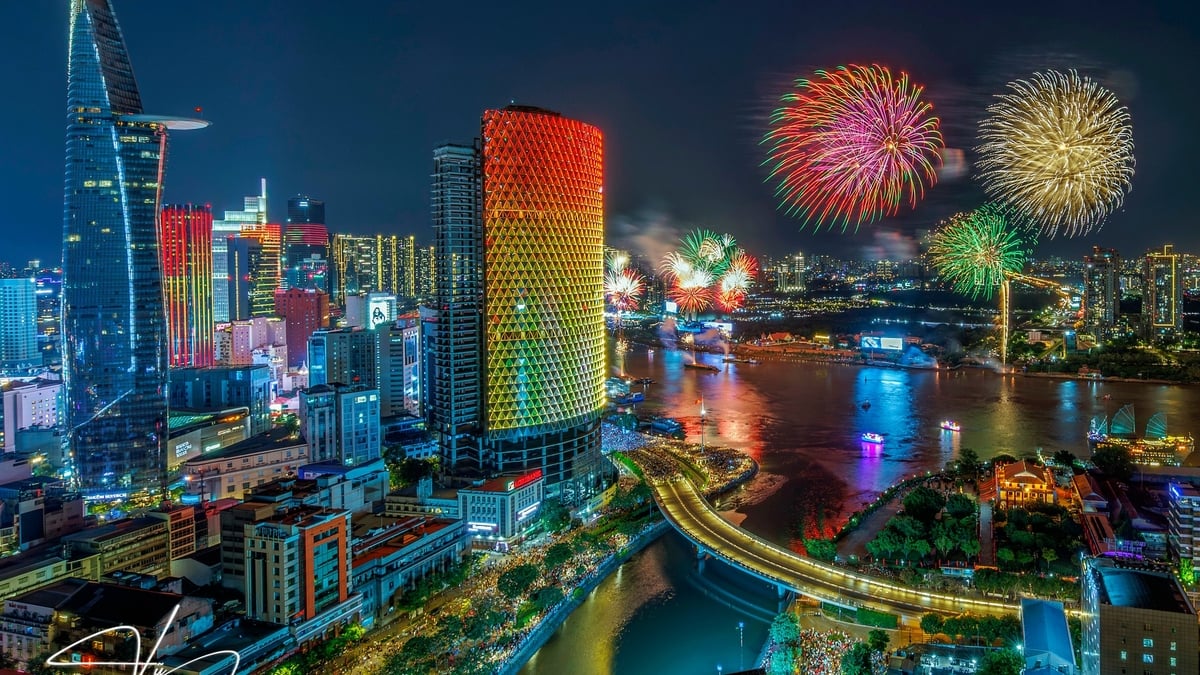

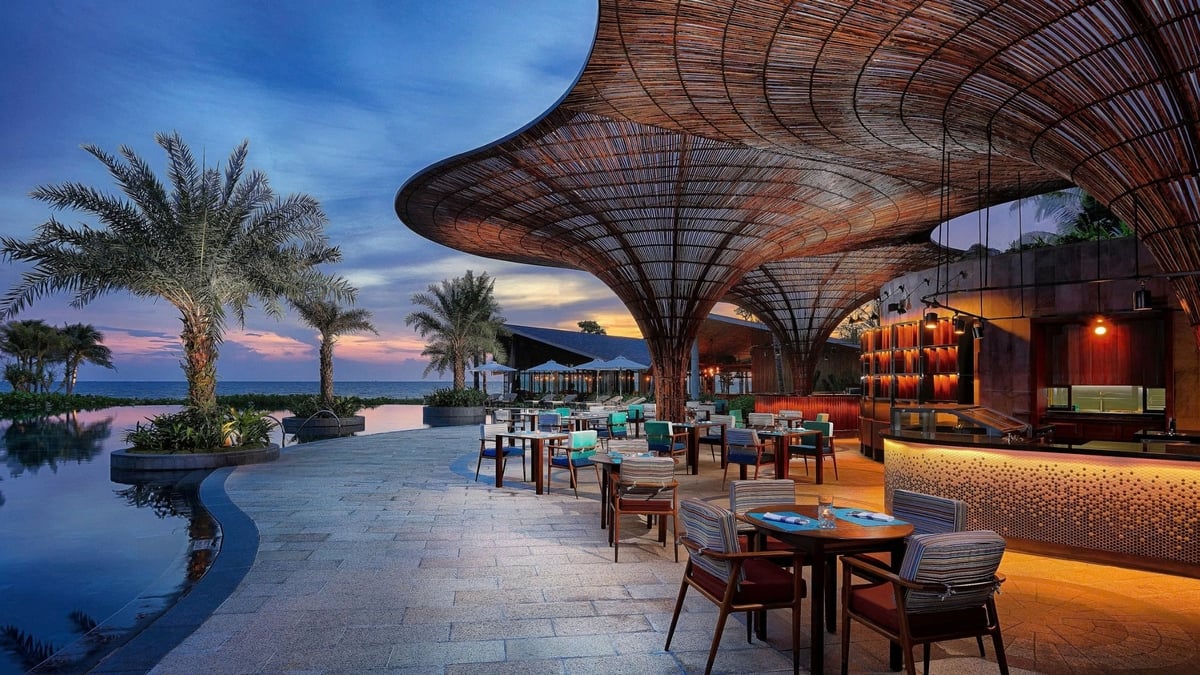
![[Photo] President Luong Cuong presided over the welcoming ceremony and held talks with Sri Lankan President Anura Kumara Dissanayaka](https://vphoto.vietnam.vn/thumb/1200x675/vietnam/resource/IMAGE/2025/5/5/bbb34e48c0194f2e81f59748df3f21c7)
![[Photo] Solemn opening of the 9th Session, 15th National Assembly](https://vphoto.vietnam.vn/thumb/1200x675/vietnam/resource/IMAGE/2025/5/5/ad3b9de4debc46efb4a0e04db0295ad8)



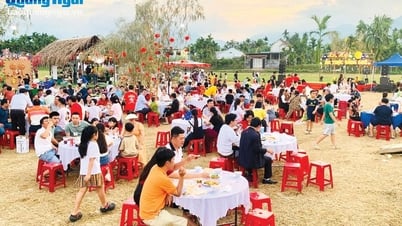













![[Photo] National Assembly delegates visit President Ho Chi Minh's Mausoleum](https://vphoto.vietnam.vn/thumb/1200x675/vietnam/resource/IMAGE/2025/5/5/9c1b8b0a0c264b84a43b60d30df48f75)





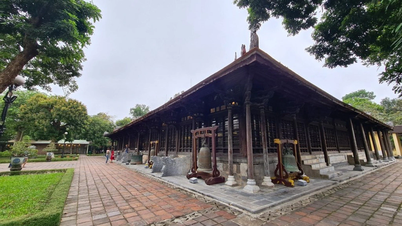





















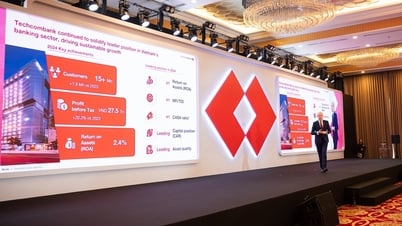












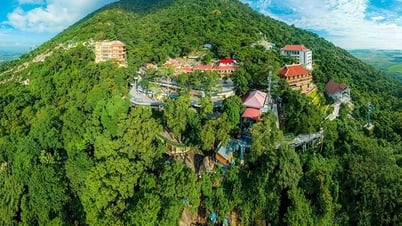



























Comment (0)